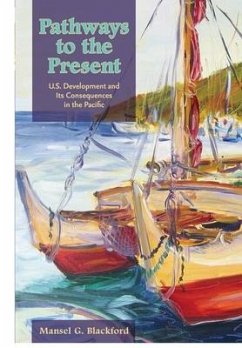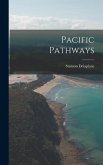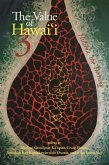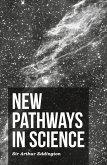Ranging from the Hawaiian Archipelago to the Aleutian Islands, from Silicon Valley to Guam, Pathways to the Present is a thoroughly researched and concisely argued account of economic and environmental change in the postwar "American" Pacific. Following a brief survey of the history of the Pacific, the author takes the Hawaiian Islands as the center of American activities in the region and looks at interactions among native Hawaiian, developmental, military, and environmental issues in the archipelago after World War II. He then turns to land- and water-use problems that have intersected with more nebulous quality-of-life concerns to generate policy controversies in the Seattle region and the San Francisco Bay area, especially Silicon Valley. Economic expansion and environmentalism in Alaska are examined through the lens of changes occurring along the Aleutians. From there the study considers Hiroshima after its destruction by the atomic bomb in 1945, looking at residents' desire to combine urban-planning concepts. The author investigates the effort to remake Hiroshima as a high-tech city in the 1990s, an attempt inspired by the perceived success of Silicon Valley, and postwar planning on Okinawa, where American influences were particularly strong. The final chapter takes into account issues raised on Guam regarding the growth of tourism and the use of the island for military purposes and links these to developments in the Philippines to the west and American Samoa to the south.
Hinweis: Dieser Artikel kann nur an eine deutsche Lieferadresse ausgeliefert werden.
Hinweis: Dieser Artikel kann nur an eine deutsche Lieferadresse ausgeliefert werden.








